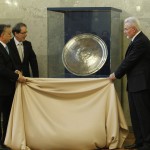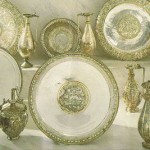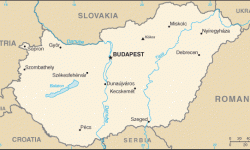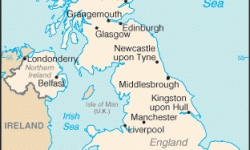Thinking Some More about the Sevso Treasure
Brodie, N. (2014) ‘Thinking Some More about the Sevso Treasure’, Journal of Art Crime, 12, pp. 3–12.
On 26 March 2014, Hungary announced its purchase of seven pieces of Late Roman silverware, part of the so-called Sevso Treasure (Hungary 2014). The Treasure had been the object of conflicting ownership claims since its existence was rst made public in 1990, and until the Hungarian purchase had been considered unsalable because of the suspicious circumstances of its discovery and early trading history. In his 2012 paper entitled “Thinking about the Sevso Treasure”, John Merryman had used the example of the Sevso Treasure to explore some of the issues surrounding the museum acquisition of problematical antiquities, and in light of his discussion made a recommendation for its future disposition (Merryman 2012: 51-66). Although this recommendation has been partly overtaken by events, his discussion of the issues involved is still topical, made more so perhaps by the Hungarian purchase which has effectively sundered the Treasure into two parts, with its balance of seven pieces remaining in the private possession of the Marquess of Northampton – an outcome that Merryman was keen to avoid. This article considers the issue of the Sevso Treasure from a new angle, concluding that the parties really to blame for the unfortunate affair of the Sevso Treasure are the various dealers and their expert advisors who worked together intentionally and unintentionally to transform the archaeological assemblage into a valuable and marketable commodity, and, ironically, in so doing, rendered it unsalable.




